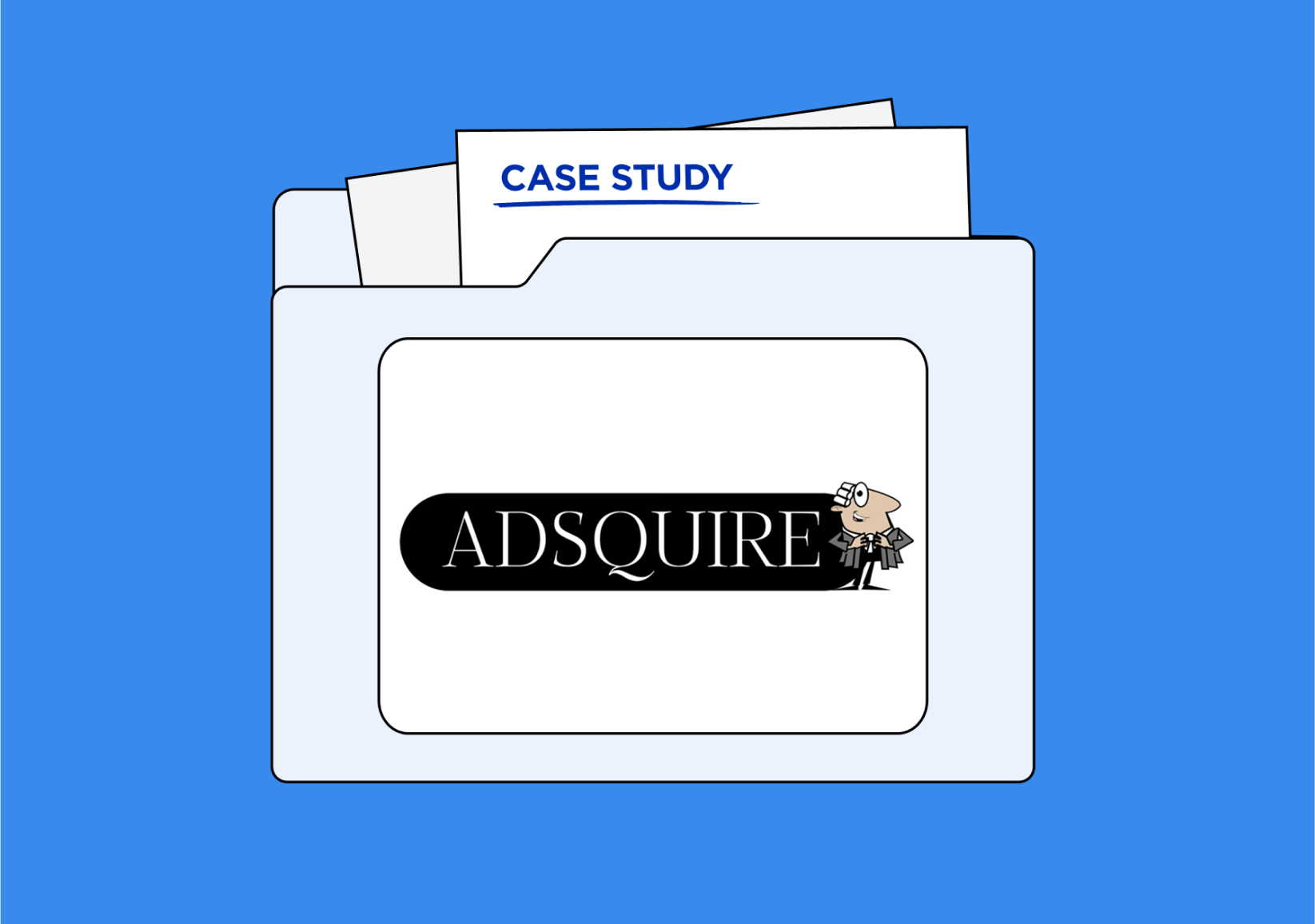TL;DR:
- Call tracking has managed to bridge the gap between email and inbound phone calls, becoming the first digital tool to create a collaborative relationship between these high-performing engagement channels.
- Together, email marketing and call tracking can provide deep, valuable insights into the working relationship between these channels — and how they’re driving an ROI for your business.
- The insights from analyzing this multi-channel relationship can also help guide your strategy for developing other marketing campaigns, such as Google Ads targeting click-to-call referrals.
Email is one of the oldest and most enduring digital marketing channels — and for good reason. Although new, innovative modes of customer engagement have been created over the years, the ROI potential of email continues to rank among the highest of any marketing channel, with top-performing campaigns driving a 3,000% return on investment.
In a similar way, inbound phone calls have always offered the high level of intent and deep customer engagement that reflect strong sales opportunities and ROI for businesses. But despite their value, email and inbound calls have never been able to be combined to complement each other’s high-performance potential. Call tracking has finally managed to bridge that gap, becoming the first digital tool to create a collaborative relationship between your email marketing and your company’s inbound phone calls.
Advanced email and call tracking tools can also unite these channels to automate customer interactions and optimize engagement, achieving better marketing results than what either channel can expect on its own. Here’s how to harness email to increase phone calls from your customers.
The benefits of combining call tracking with email marketing campaigns
When two ROI-rich marketing channels come together, the performance ceiling is raised even higher. The combination of email marketing and inbound call tracking can deliver the following benefits to your business:
Improved campaign performance data
One of the great things about email marketing is that it tends to be a data-rich marketing channel, giving marketers plenty of information when they’re analyzing performance. Open rates, click-through rates, website traffic, conversion rates, and other data points make it easy to drive insights from email campaign performance.
Inbound calls have traditionally offered less data to support marketing analytics, but call tracking offers extensive data to illuminate this engagement channel. Together, email marketing and call tracking can provide deep, valuable insights into the working relationship between these channels — and how they’re driving an ROI for your business.
A better understanding of mobile click-to-call engagement
Because email marketing receives a large segment of its engagement through smartphones, email is a natural channel for building click-to-call campaigns. An email opened on a smartphone can offer a seamless click-to-call referral that drives an inbound call for your business — and this customer action can be captured in your marketing data, supporting analytics that improve your understanding of email-to-inbound call behaviors.
Leveraging the value of high-performance marketing channels
Email is an enduring and high-ROI marketing channel for most businesses. At the same time, inbound phone calls represent some of the most valuable leads your marketing strategy will generate. When email campaigns drive phone call referrals, you leverage two of your most important and results-oriented marketing channels. More importantly, call tracking helps you evaluate and optimize this relationship.
Efficient customer engagement through automated trigger actions
Today’s consumers aren’t known for their abundance of patience. The immediate gratification enabled by technology has given us short attention spans, especially when we have a high level of purchase or conversion intent.
Automated email and phone call engagement can help you respond faster and implement marketing tactics that keep you top of mind — while saving time for your marketing and sales teams.
Unique analytics opportunities of combining email marketing and call tracking
When combined, email marketing and call tracking don’t just elevate your customer experience and improve data visibility for these campaigns. They also create analytics opportunities that are unique to the relationship between these two marketing channels.
For one, the combination of email and call tracking can help add new context to the metrics you’ve been using to evaluate email performance. Although click-through rates and other metrics are useful in understanding email performance, they don’t always give you the full picture. By adding actions and integrations, such as click-to-call capabilities through emails opened on a smartphone, you can gain a better understanding of the type of engagement you’re able to achieve through emails, including the relative level of intent customers have when an email triggers an action on their part.
Your business can also compare and contrast different metrics related to email analytics and inbound call analytics to better understand the nature of customer behaviors across both of these channels. The best time to send emails according to your email open rates, for example, might not be the best time to send emails when you’re trying to drive calls. The insights from analyzing this multi-channel relationship can also help guide your strategy for developing other marketing campaigns, such as Google Ads targeting click-to-call referrals.
Analytics can also help your business determine whether your ROI is highest when you’re using primary CTAs that encourage a phone call to your business, rather than other primary CTAs that may be featured alongside your business number. And you can compare close rates from email-to-call campaigns to figure out whether your sales reps are more effective at closing leads from form submissions or inbound calls — and that may lead to strategic changes to how your sales team approaches prospects through different channels.
Special use case: Sales call tracking
The relationship between email and phone calls isn’t the extent of the benefits of call tracking. Once these channels are bridged by performance data, you can also generate data and analytics on how your email marketing is helping support your company’s sales efforts.
Through call tracking, sales calls referred through email campaigns can help your business discover answers to the following questions:
- What messaging in your emails performs the best for getting inbound calls to sales?
- What segmented lists that you use in email marketing result in inbound calls?
- How successful are sales reps at responding to specific questions that come up when the call originates from an email?
- What sales reps are better suited to answer calls that come from emails on a specific topic?
These questions can help your marketing and sales teams improve their working relationship and sales outcomes. Use this data to optimize your email marketing and overall messaging, especially when aligning messaging for marketing and sales. You can also take these insights and update your sales enablement strategy or your inbound call routing methods, and even identify individual clients, personas, or prospect lists that could be effectively engaged through outbound calls.
How to integrate call tracking and email marketing
For businesses that are eager to integrate call tracking with their email marketing, the challenge is finding the right technology. Your best option is to use connector apps such as Zapier to easily integrate your email marketing platforms, such as Mailchimp, with CallRail’s call tracking software.
Fortunately, the process for integrating these solutions is straightforward. Here’s how to get started:
- Log in to your call tracking and email marketing solutions through a connector app. Authenticate your accounts with that app.
- Establish a trigger action that will be used to automate marketing activities. Then choose a resulting action from the other app. For example, a customer’s first inbound phone call through an email campaign can automate the delivery of a targeted drip campaign built around lower-funnel content.
- Choose the data you want shared between these apps. This data sharing is crucial to improving the performance of both marketing channels, and for filling the gaps in your understanding of their marketing value.
- Conduct a test action to ensure that the system functions as intended. This includes the automation of the selected resulting action, as well as any data sharing between the two platforms.
Combining the forces of call tracking and email
Most people assume that the goal of email marketing is to drive clicks to your website. Although that’s a worthwhile goal for any email campaign, it’s not the only type of action you should be targeting. Call tracking software allows you to take the current value of email and enhance it even further by integrating these channels, leveraging marketing automation and using performance data to improve your customer engagement.








